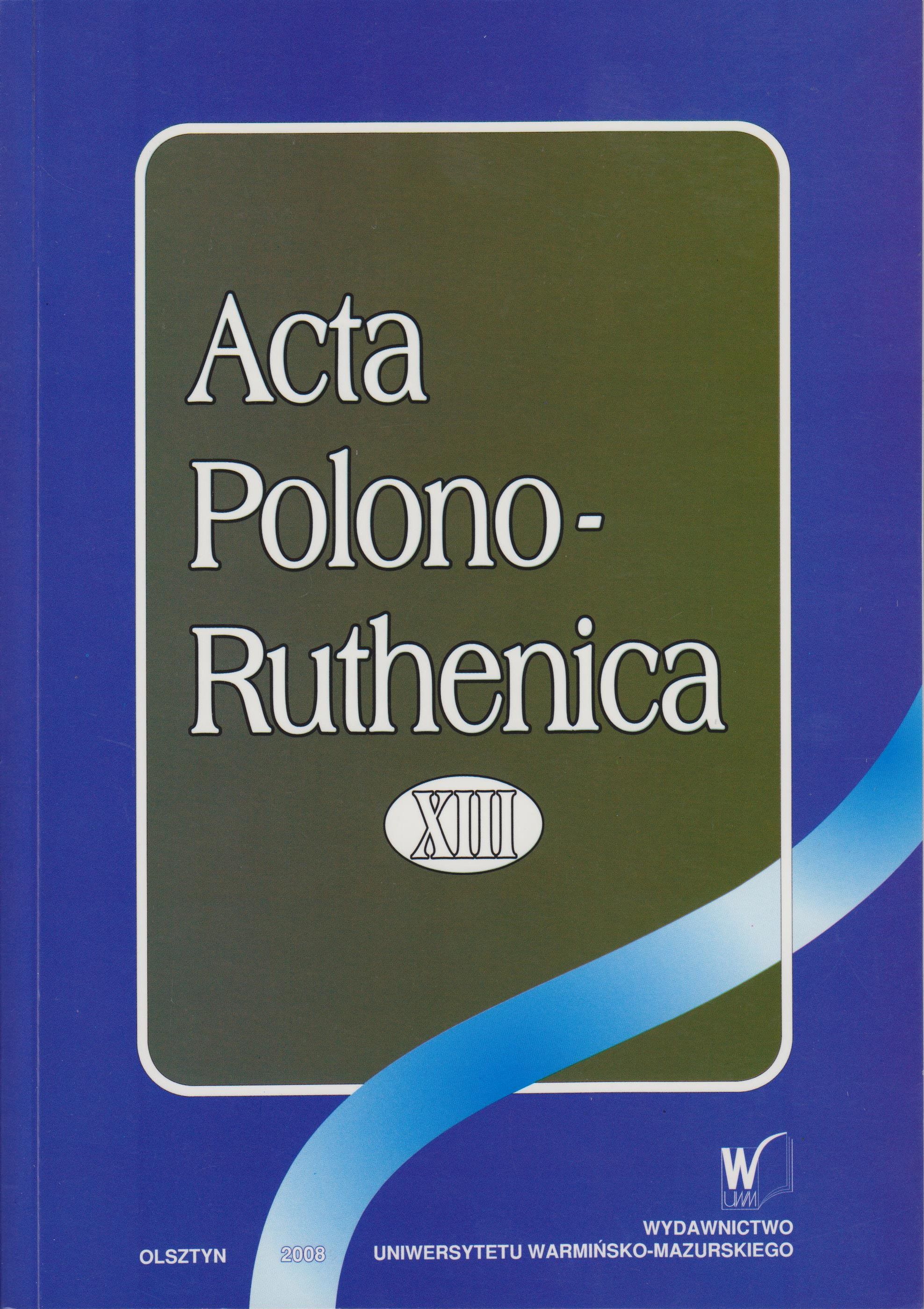Wielotworzywowy metakontekst Wielkiej Reformy Teatralnej jako perspektywa badawcza dla teatralnego potencjału gatunkowej formy dramatu
Multi-conceptual metacontext of the Great Theatre Reform as a research perspective for the theatrical potential of the typical drama form
Author(s): Beata Waligórska-OlejniczakSubject(s): Theatre, Dance, Performing Arts, Language and Literature Studies, Studies of Literature
Published by: Wydawnictwo Uniwersytetu Warmińsko-Mazurskiego w Olsztynie
Keywords: Great Theatre Reform;Russian theater;
Summary/Abstract: The times of the Great Theatre Reform were a period of rapid and meaningfal changes at the turn of the 19th century which have given rise to the many experiments and disputes aimed at defining the role of the new art. The core problem was the notion of a new, educated recipient of art who would be able to understand the meaning of a work and cross its transient boundaries to grasp the metaphysical sense, the vision of what is not entirely visible. As artists started to study the problem of perception of theatre performances, they searched for inspiration in the art of the Middle Ages, the theatre of ancient Greece, and the analysis of the hieratic gesture of the Far East. Consequently, they emphasised the notion of the perfect body and soul, the necessity of exercising and taking care of the actor’s organism, as well as the importance of intuition and instinct in the process of understanding the art. The theatre was considered the place of the audience’s communion with the mystery, the building where they can reach the state of the kathartic methamorphosis through the art. It turns out that the relation between these two realities was quite meaningful for the artists of the Reform, whose achievements were discussed in the paper. Analysing the huge number of artistic conceptions of the discussed period I tried to focus only on those that can be considered as the attempts to understand the connection between the actor’s emploi and the audience’s perception of a performance, to grasp the role of gesture as a tool in the hands of a director. It was noticed that an important role in this context unquestionably belonged to the method that was K. S. Stanislavski’s concept of the authentic experience of the actor’s role. This theory brought about hundreds of discussions and polemics, which had an impact on the character of the Reform, the most important of which were the seminal the biomechanics of V. Meyerhold, iibermarionette of E. G. Craig and the works of A. Tairov. These projects, each an effort to find a way to the spiritualfreedom of the actors and the audience, at the same time showed that achieving this aim is not possible in the real building of the theatre, as both an actor and a recipient are not able to transcode the vision of a director into the limited language of the human body.
Journal: Acta Polono-Ruthenica
- Issue Year: 2008
- Issue No: XIII
- Page Range: 203-215
- Page Count: 13
- Language: Polish

